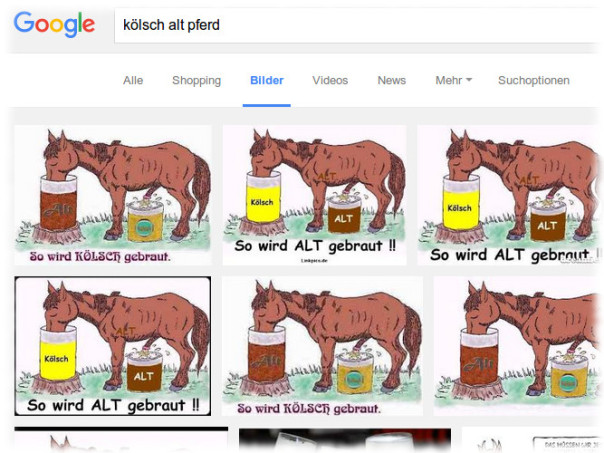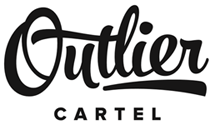Not so long ago, I was a self professed lager lout. I tried those trendy IPA’s that people were raving about – but the ones I tried were far too bitter and unbalanced. Hey drinking beer was supposed to be a pleasurable experience, so if I couldn’t find anything I could enjoy, I’ll stick to the tried and true lager.
The Kölsch changed all that for me and opened me up to a world of great beer! What exactly is a Kölsch (anglicised koelsch or kolsch) anyway?
Technically its a beer that is warm fermented at around 13 to 21 °C (55 to 70 °F), then conditioned by lagering at cold temperatures. Less technically, its an ale made like a lager.
A bit about Kölsch History:

Grab hold of your umlauts and lets learn a bit more about this style. The Kölsch is named for the German city Köln (anglicised Cologne). Though it had been around since the late 1800’s, it was first recorded to be brewed at the Sünner brewery in 1906. It was a true oddball style as more than 90% of breweries in Germany at the turn of the century made lagers.

If you know your beer history – you’ll know about the German Beer Purity Law which originated in Bavaria in 1516. Kölners weren’t going to take any that Bavarian guff and at one point even banned the making of lagers in 1603! Because of this, lager brewing came later in Köln than other German cities. Interestingly enough, a true Kölsch does adhere to the Reinheitsgebot, but uses an ale yeast instead of a lager yeast.
In an effort to make Kölsch great again, Köln gave the Kölsch it’s own Protected Geographical Indication. Much like the way Champagne can only come from the Champagne region, Kölsch can only be brewed in the Köln region . In addition to the regional requirements, it is also needed to be top fermented, light coloured, highly attenuated, hoppy and meet the standards of the Kölsch Konvention which operates under the Reinheitsgebot.
It even has a peculiar way of being served: officially it should be served in a 7oz (200ml) Stange, a straight glass. These glasses are served by Köbes (waiters) inside a Kranz, a cylindrical serving tray. And before you think Stange, Köbes and Kranz are just regular ol’ Germans words, they are infused a bit with local humour. Stange literally means stick, Kranz means crown (or wreath), Köbes, is a derivative of the name Jakob – I guess all the waiters have the same name!
The Kölsch / Altbier Rangewars
Just around the corner from Köln, is Düsseldorf. They have their specialty beer called Altbier. Altbier is another German beer style that is similar to Kölsch in that it uses ale yeast and is then lagered. But Altbier is darker and is typically more bitter than the Kölsch. Its been said that in the town of Langenfeld, there is actually a demarcation line between Köln and Düsseldorf to separate Kölsch and Altbier areas! Specifically on the main street where Kölner Street changes to Düsseldorfer Street and vice versa. Legend has it, that Landlords would only dispense Alt on the Düsseldorf side, and Kölsch on the Köln side.
This rivalry even extends to German memes depending on which area you’re from. See for yourself…

Enough chatter, what does it taste like?
A traditional Kölsch is classified a Pale Bitter European Beer. Its colour is light gold and should be very clear. It will have medium to low head, have aromas of soft fruit with light-to-medium body and solid carbonation. Overall it should be crisp and refreshing.
Does Outlier Cartel make a Kölsch?
“Yeah… nah”. Our Cargo Cult is fundamentally a Kölsch! We were inspired by those thirst quenching crispness of rice lagers and the nuanced ale flavours of a Kölsch. Not ones to follow convention, why not make a beer that is the best of both worlds? So while we could never enter Cargo Cult as a true to style Kölsch (it’s not from Köln and contains rice) it’s still damn tasty!images:
Kranz: https://www.hotel.de/blog/koeln-guide/
Horse: https://schlimmerdurst.net/tag/alt/
references:
Köbes: https://de.wikipedia.org/wiki/K%C3%B6bes
Metzger, Christine. Culinaria Germany. Cologne: Könnemann . 2000

